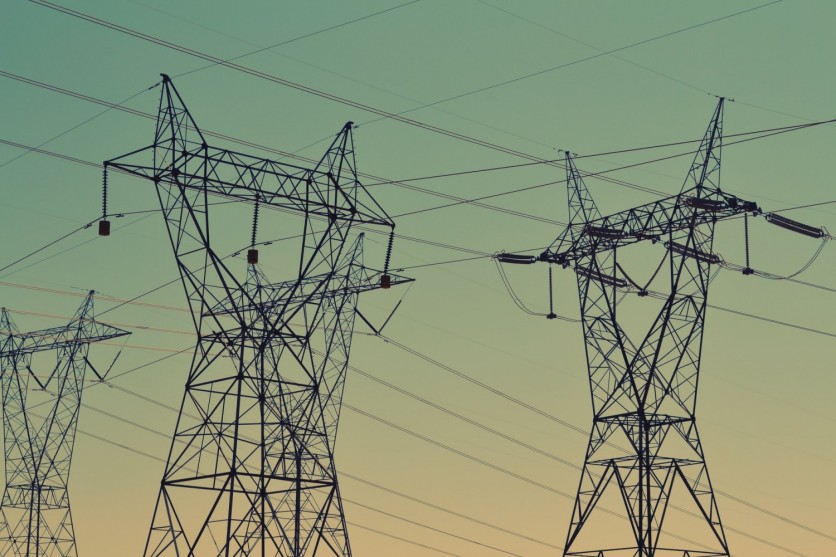Sandia National Laboratories successfully demonstrated a way to generate electricity using a "Heated Supercritical Carbon Dioxide" that focuses on an old method developed in the 19th century. The new method replaces the use of steam that needs to convert back to its liquid state, with this process bringing electricity as well.
Sandia: Heated Supercritical Carbon Dioxide Delivers Electricity

A project backed by the US Department of Energy gave Sandia National Laboratories a chance to focus on a new development in generating electricity using heated supercritical carbon dioxide. According to its press release, this new power generating technology delivered electricity to the Sandia-Kirtland Air Force Base electrical grid.
This technology has more applications than its current deliveries and may be applied to other electrical grids that need power from different sources. Moreover, Supercritical carbon dioxide is a non-toxic and stable material that acts both like liquid and gas forms as it is under so much pressure on its own.
The material can also get hotter than steam, particularly 1,290 degrees Fahrenheit or 700 Celsius which can turn heat into energy in most power plants. According to Interesting Engineering, the team generated 10 kilowatts of energy after achieving 600 degrees Fahrenheit with supercritical CO2.
Brayton Cycle: How Does the New Technology Work?
The team used the method called "Brayton Cycle" which came from an engineer in the 19th century that the researchers used for modern applications. The company's closed-loop Brayton Cycle focuses on using hot, pressurized fluid to spin a turbine, hence the application for generating electricity for multiple uses.
Modern Takes on Generating Power for Grids
Traditional ways of making and generating electricity for the power grids and the use of many households or locations on the planet evolved to focus on multiple methods that do not rely only on those that bring pollution.
Different takes on power generating tools and sources are already available, and it includes solar farms that gather energy from the Sun and transforms it into electricity, as well as wind turbines that generate it from the blowing air.
One of the projects available now is Siemens Gamesa's wind turbine propellers that have recyclable rotors for future use.
Another focus is the world's first flexible solar panels that may also capture sunlight and turn it into electricity, as opposed to its initial releases that deliver hard panels.
There are many takes on new power generating sources that may apply to modern needs and avoid any wastes or pollution that it might bring to deliver electricity to grids and those that need it. The new method from Sandia aims to generate power for grinds in a new way, and it transforms old methods for modern applications and use.
This article is owned by TechTimes
Written by Isaiah Richard
ⓒ 2025 TECHTIMES.com All rights reserved. Do not reproduce without permission.




